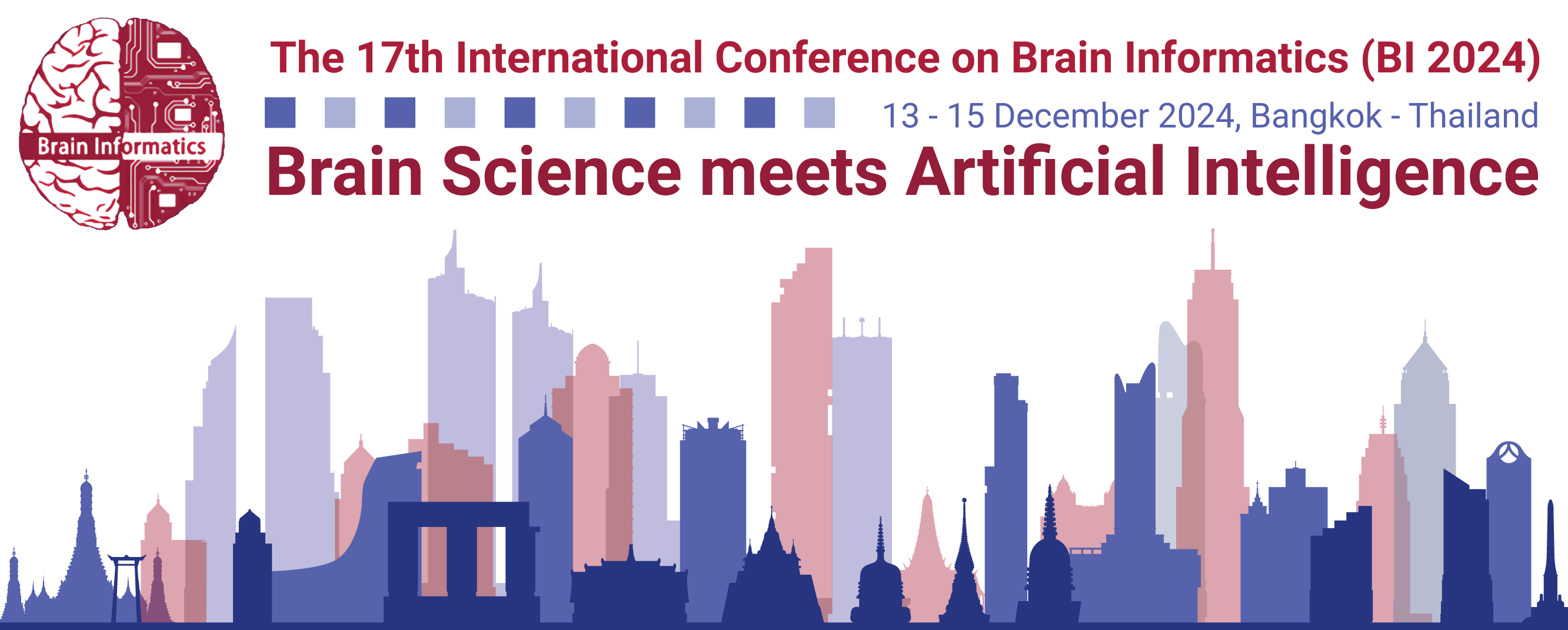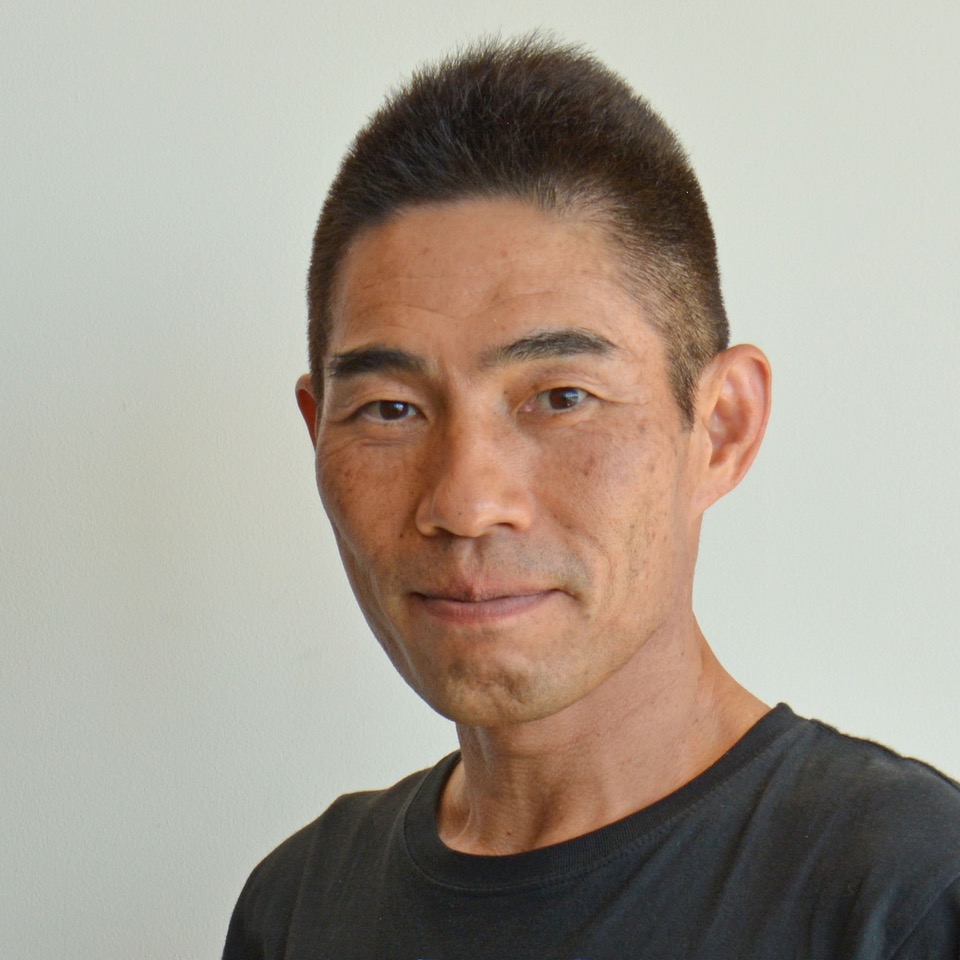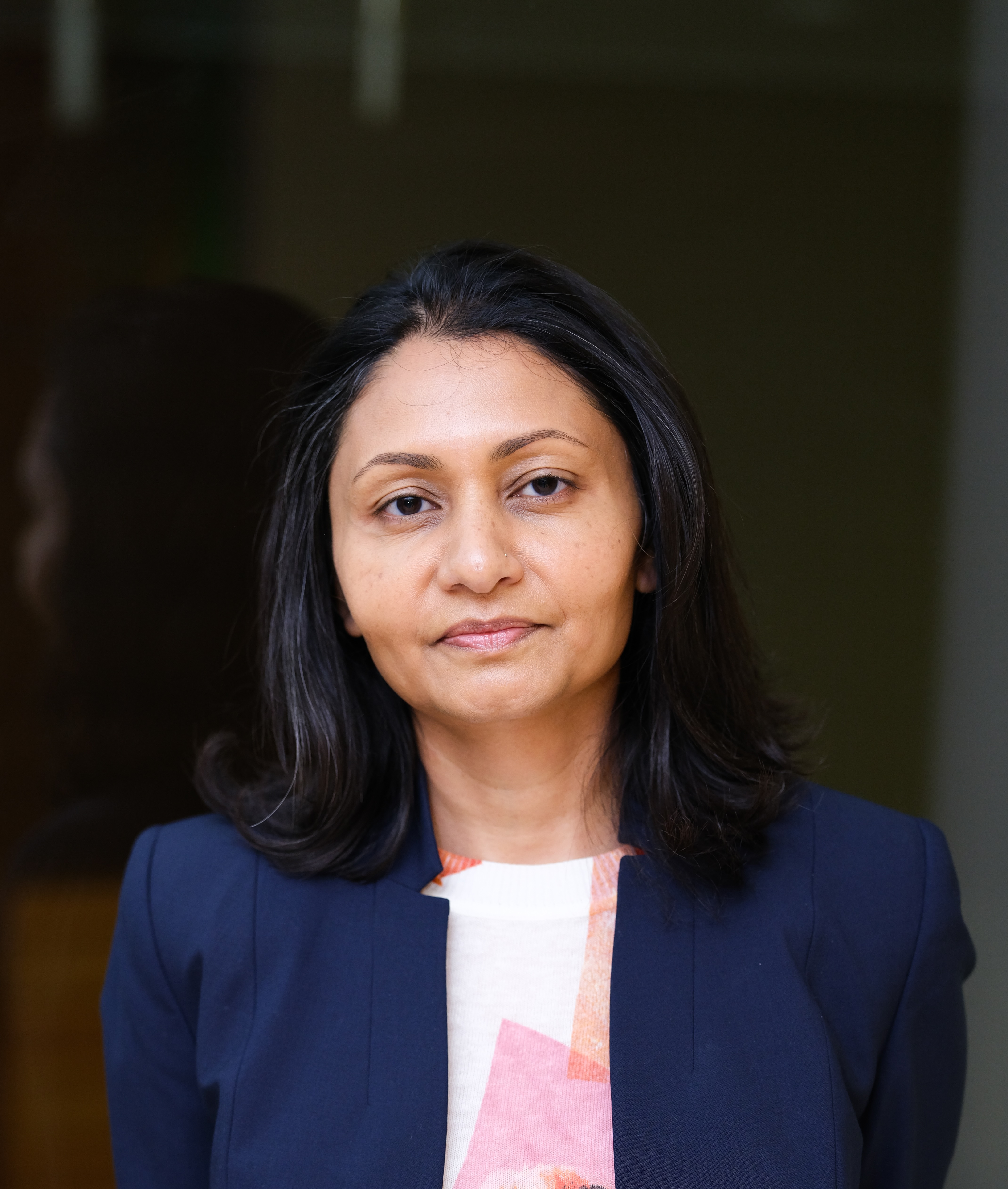Okinawa Institute of Science and Technology (OIST) Graduate University, Japan
TITLE: Brain/MINDS 2.0 and the Digital Brain Project
Abstract: Following the conclusion of the Brain/MINDS project (2014-2024), a new six-year program Multidisciplinary Frontier Brain and Neuroscience Discoveries (Brain/MINDS 2.0) has started. A remarkable feature of this program is that the Digital Brain plays a central role in integrating structural and dynamic brain data from multiple species for understanding brain functions and tackling neuropsychiatric disorders. This talk will present what is the Digital Brain of Brain/MINDS 2.0, how we can build that, and how we can use that. The primary aims of the Digital Brain Project are to develop open-source software tools for data-driven model building by integrating anatomical, genetic, physiological, and behavioral data from mice, marmosets, macaques and humans and to provide cloud-based platform for cross-species data search, data-driven model building, and simulation analyses. By utilizing those tools and platforms, we aim to build models that realize brain functions like reinforcement learning and Bayesian inference and reproduce neurodegenerative disorders like Parkinson’s disease and psychiatric disorders like schizophrenia to help early diagnosis and exploration of therapeutic and preventive strategies. This ambitious project requires fresh talents from math, computation, AI and brain sciences, as well as broad international collaborations. Through this conference, we hope to extend our network with researchers and research projects with overlapping interests and technologies.
Biography: Kenji Doya is a Professor of Neural Computation Unit, Okinawa Institute of Science and Technology (OIST) Graduate University. He studies reinforcement learning and probabilistic inference, and how they are realized in the brain. He took his PhD in 1991 at the University of Tokyo, worked as a postdoc at U. C. San Diego and the Salk Institute, and joined Advanced Telecommunications Research International (ATR) in 1994. In 2004, he was appointed as a Principal Investigator of the OIST Initial Research Project and as OIST established itself as a Graduate University in 2011, he became a Professor and served as the Vice Provost for Research till 2014. He served as a Co-Editor in Chief of Neural Networks from 2008 to 2021 and the Chairperson of Neuro2022 in Okinawa, and currently serves as the President of Japanese Neural Network Society (JNNS). He received INNS Donald O. Hebb Award in 2018, JNNS Academic Award and APNNS Outstanding Achievement Award in 2019, and the age-group 2nd place at Ironman Malaysia in 2022.






